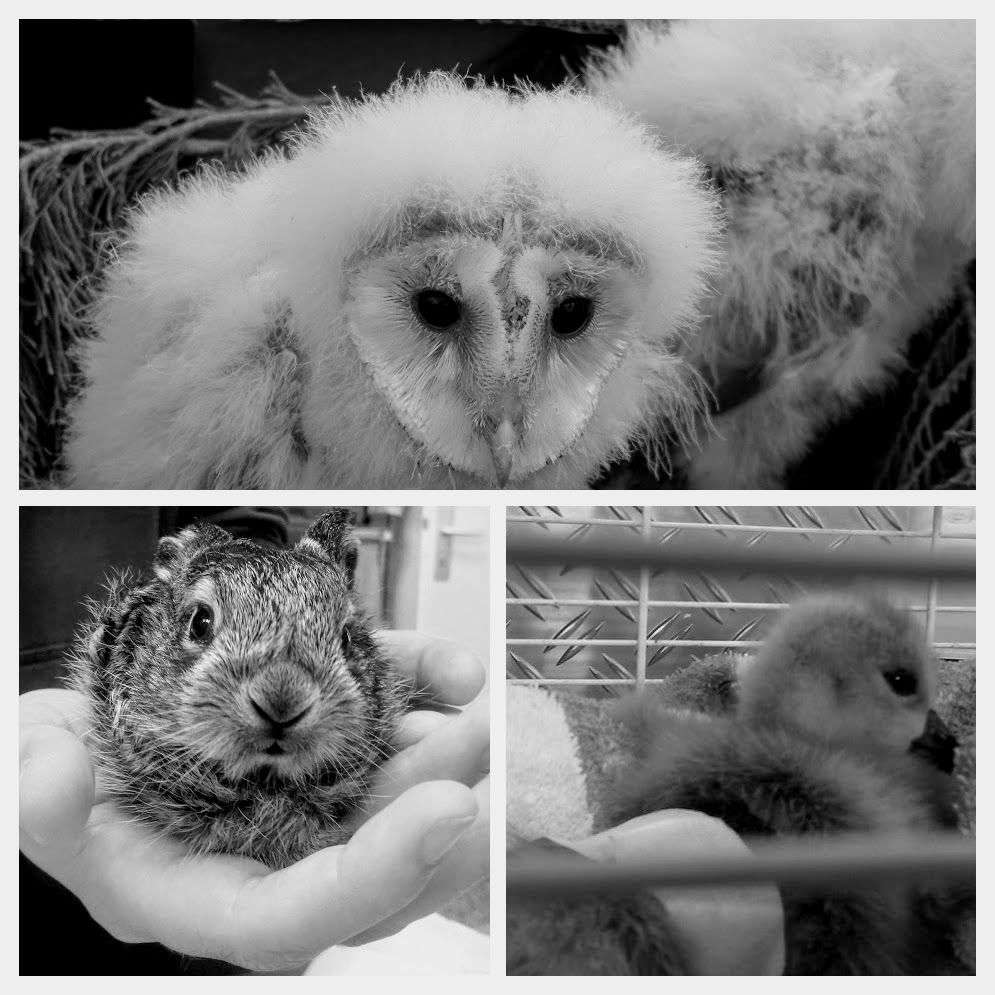
Wildlife rescue and rehabilitation centre
My goal is to advance the care of injured wildlife.
My vision is to create an outstanding rehabilitation facility for native wildlife.
My mission is to rehabilitate and release native wildlife back into its natural habitat and to further conservation efforts. Additionally, my mission is to educate wildlife professionals, volunteers, learners and members of the public in the care and protection of wildlife.
I want to continue to learn, share my knowledge and ensure that when an animal comes into my care it receives the very best veterinary and rehabilitation care I am able to offer so that the animal gets the best chance not only to survive but to thrive as well.
A wildlife centre needs:
- To provide professional vet care on-site
- To rescue, raise, rehabilitate and release patients back into their natural habitat
- To offer appropriate rehabilitation enclosures
- To promote non-invasive research for educational institutions
- To play a role in the education of the public, students, and volunteers in the principles of conservation and rehabilitation
- To offer courses for students, vets, etc. in wildlife care and rehabilitation
- To collaborate with relevant state bodies to structure and standardize the care of wildlife
The advantage of having a veterinary practice on site is that animals can receive immediate veterinary care without being transported to a vet or waiting for an appointment. This can reduce the stress for these animals and of course result in a faster healing process. The staff is specially trained and educated in dealing with wildlife, which is not normally the case in a standard veterinary practice.
For a fast and efficient rehabilitation process, proper enclosures are required. These should be designed in accordance with the latest research and knowledge in rehabilitation methods. The days of keeping wild animals in small boxes and cages and releasing them when they are healed, are definitely over. We need to give them the chance to regain strength first before they go back into the wild again. We are also obliged to ensure that these animals will be able to survive, by checking on their ability to climb, run, swim or fly, or whatever they need to do to live in nature again.
A wildlife centre has the obligation not only to take care of native wildlife and offer the public a place to bring injured or orphaned wildlife but also to educate people on wildlife. The more you know something the more it becomes part of your life and the more you are willing to save it. People should have the chance to understand that we are influencing and changing nature to fit our lifestyles and with these changes, there are consequences for wild animals. We have an ethical obligation to face and deal with these consequences. A wildlife centre should be a place where people can understand and learn about these negative impacts and what each individual can do to prevent them.
But not only should the general public have the opportunity to learn, students of biology, zoology, veterinary medicine and other fields who are also interested in wildlife care and rehabilitation should also get this chance. Courses can be offered to get hands-on experience in this area. Non-invasive research should be a big part of the work in a wildlife centre. That means finding more efficient ways to rehabilitate wild animals and finding ways to prevent incidents. Collaborations with other wildlife care centres and with relevant government bodies can also be formed to standardize proper care of wildlife.
Please donate to our good cause to help native wildlife